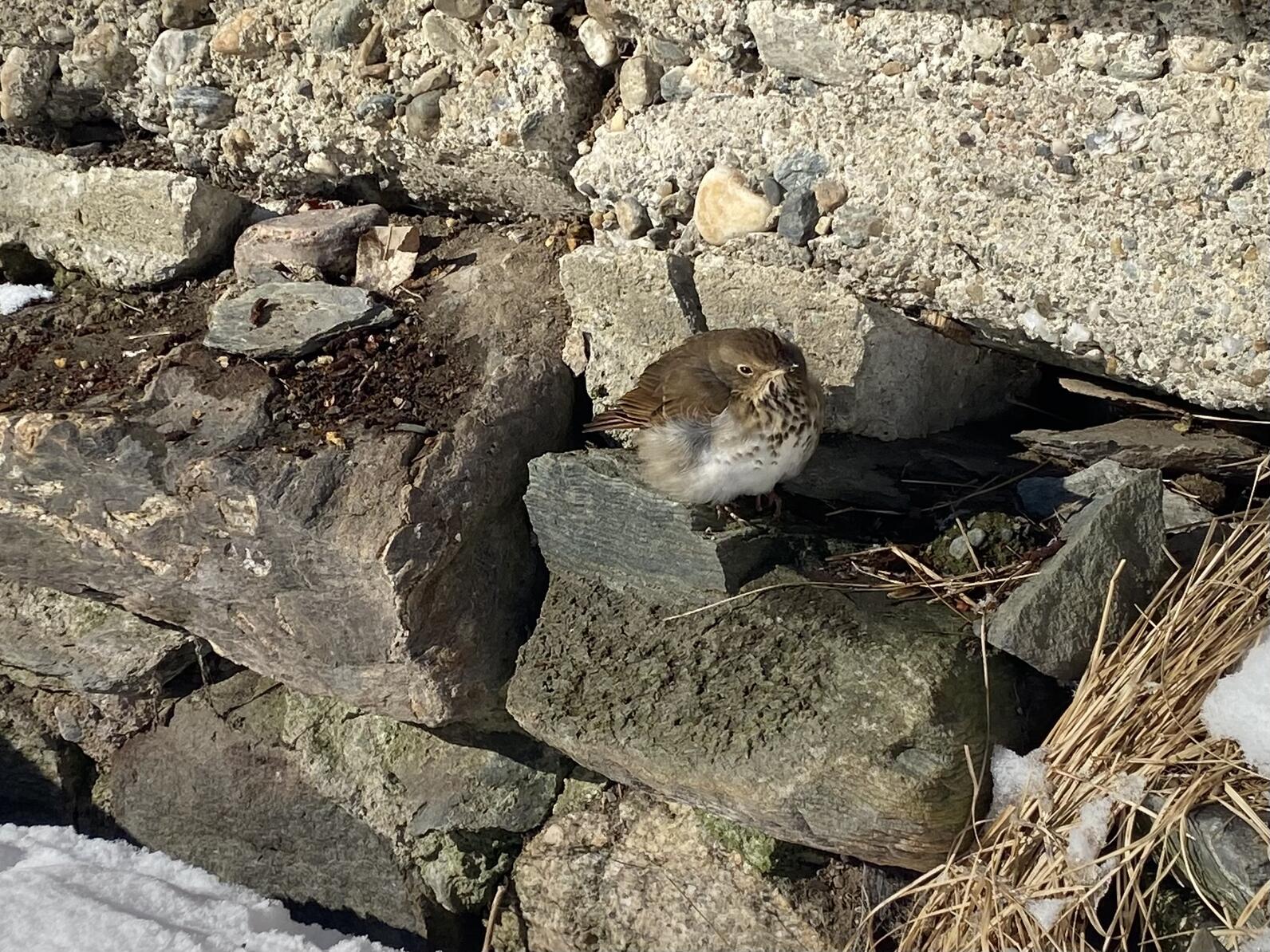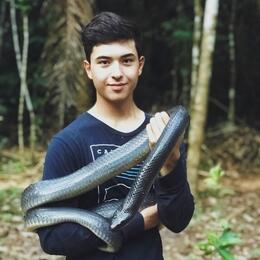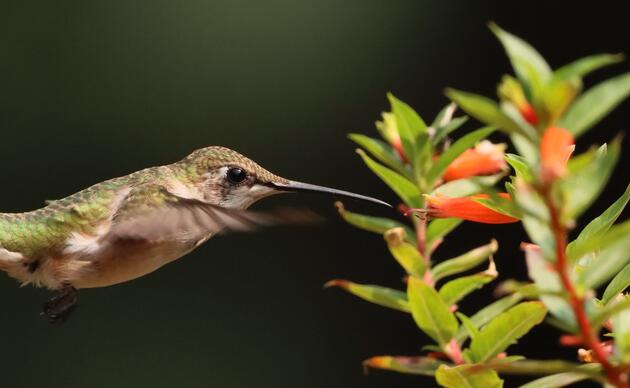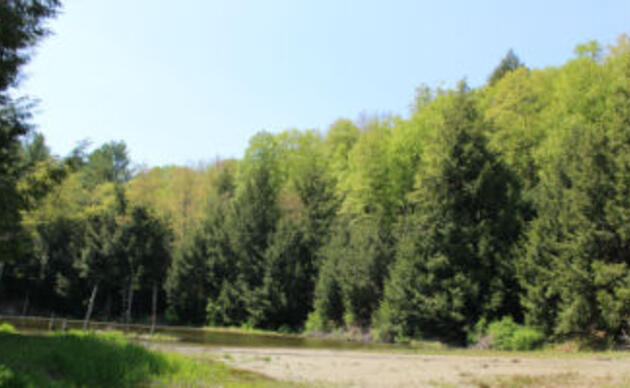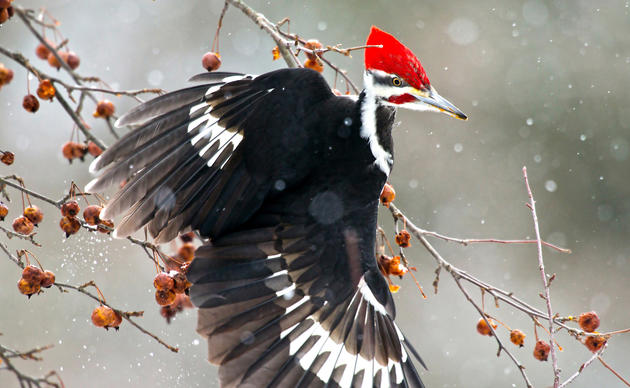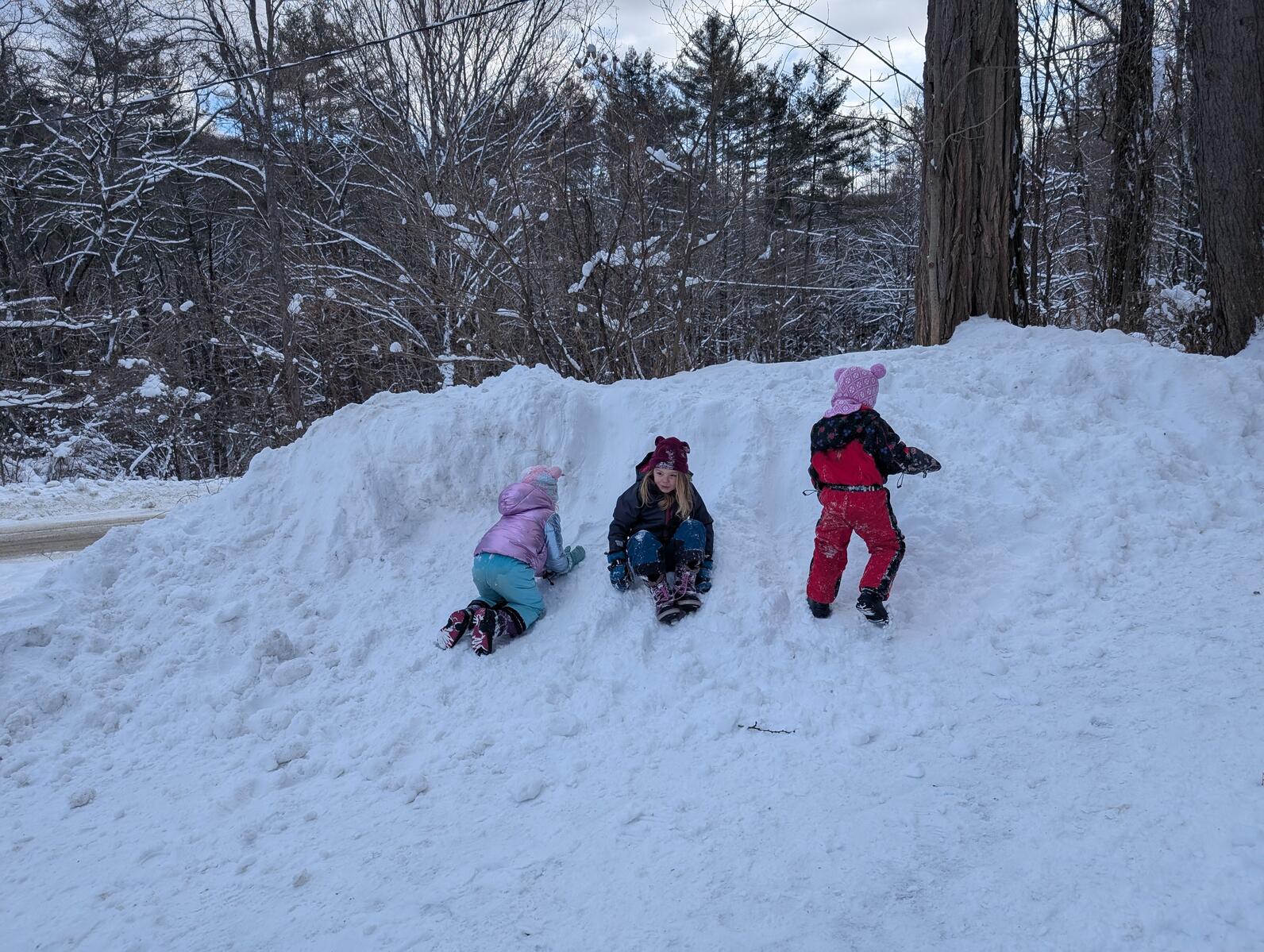
This week’s animal-to-find was the ermine. Although the ermines Forest Playschool searched for were white, in the summer the real animal would have a brown fur coat to better camouflage with the environmental changes that come with the change of season. Pigments are produced in the hair follicles that are either brown in the summer or white in the winter (where the ermine can blend in with the snow).
Wednesday’s class was met with a cold morning, so after finding the ermines outside, we went inside for morning meeting followed by snack and story time. Afterwards, some of the students played with our many stuffed animals and others had nap time. We then trekked to Peeper Pond to play in the snowy field. Some played duck, duck, goose while others drew in the snow with sticks. We returned to the center to find a hermit thrush basking on the stone wall. This was a very unusual sight since hermit thrushes are migratory birds that are in the Bahamas by this time so we don’t know why it was here in Vermont!
On Friday, we also went inside after finding ermines to read “What’s Inside: Animal Homes” where we learned about the many ways animals create a space to live from systems of tunnels to nests high up in the trees. Afterwards, the students played in the front yard where many of them built homes of their own from blocks of snow. They also enjoyed climbing and sliding down the snow mounds leftover from the plows. After having lunch reading “The Lorax”, we went sledding down the hill of the backyard.
This week interestingly showcased three different ways animals adapt to the cold. We first talked about the ermine who changes the color of its coat to blend in with its surroundings. Secondly, we saw a hermit thrush that normally would migrate south as a response to the cold (but failed to do so). And thirdly, we humans used tools (clothing) as a way to stay warm during the winter despite not having the innate abilities that other animals have to change.
Without these ways to stay warm, we humans would miss out on all the adventures we have in the snow.
